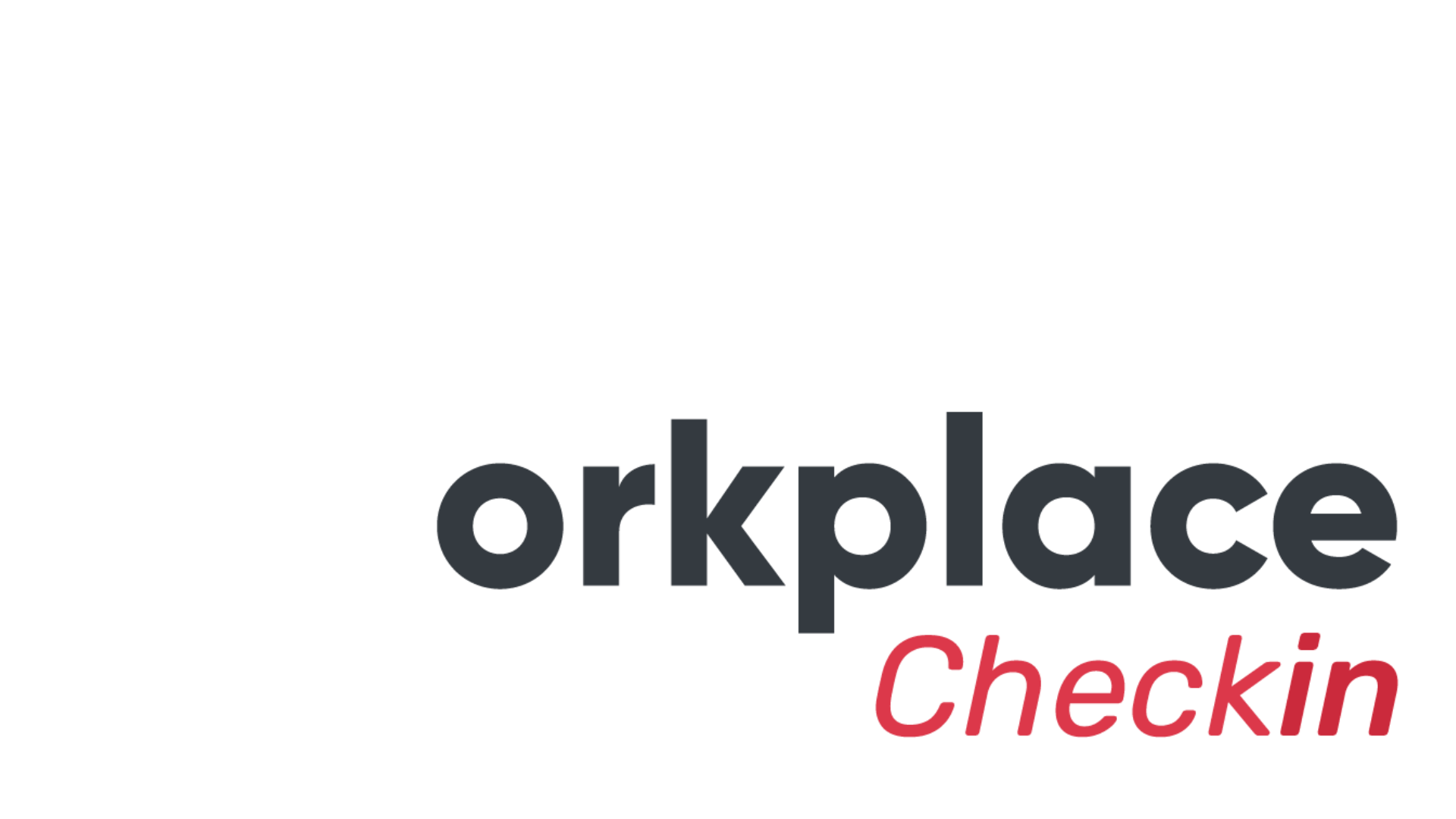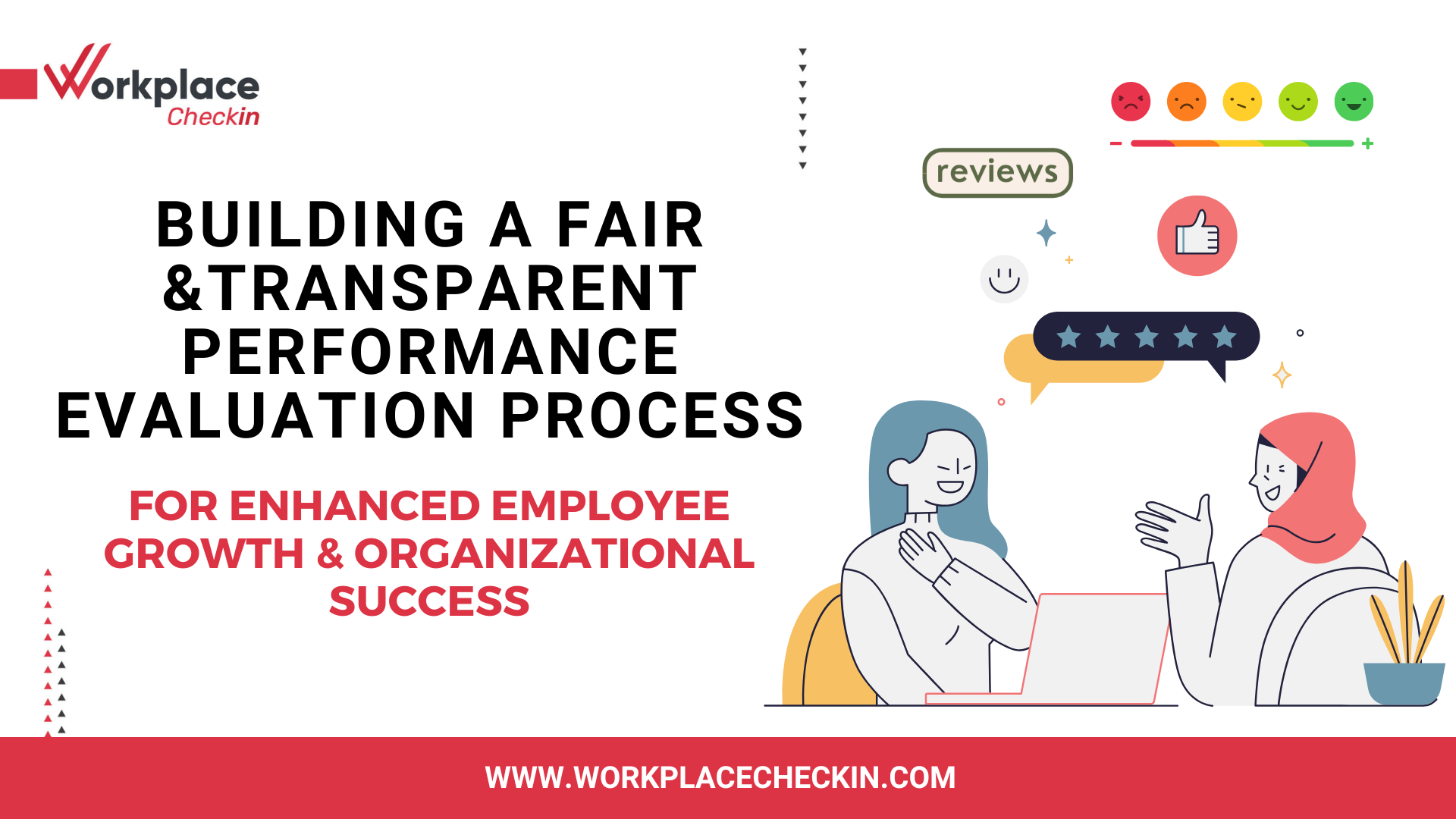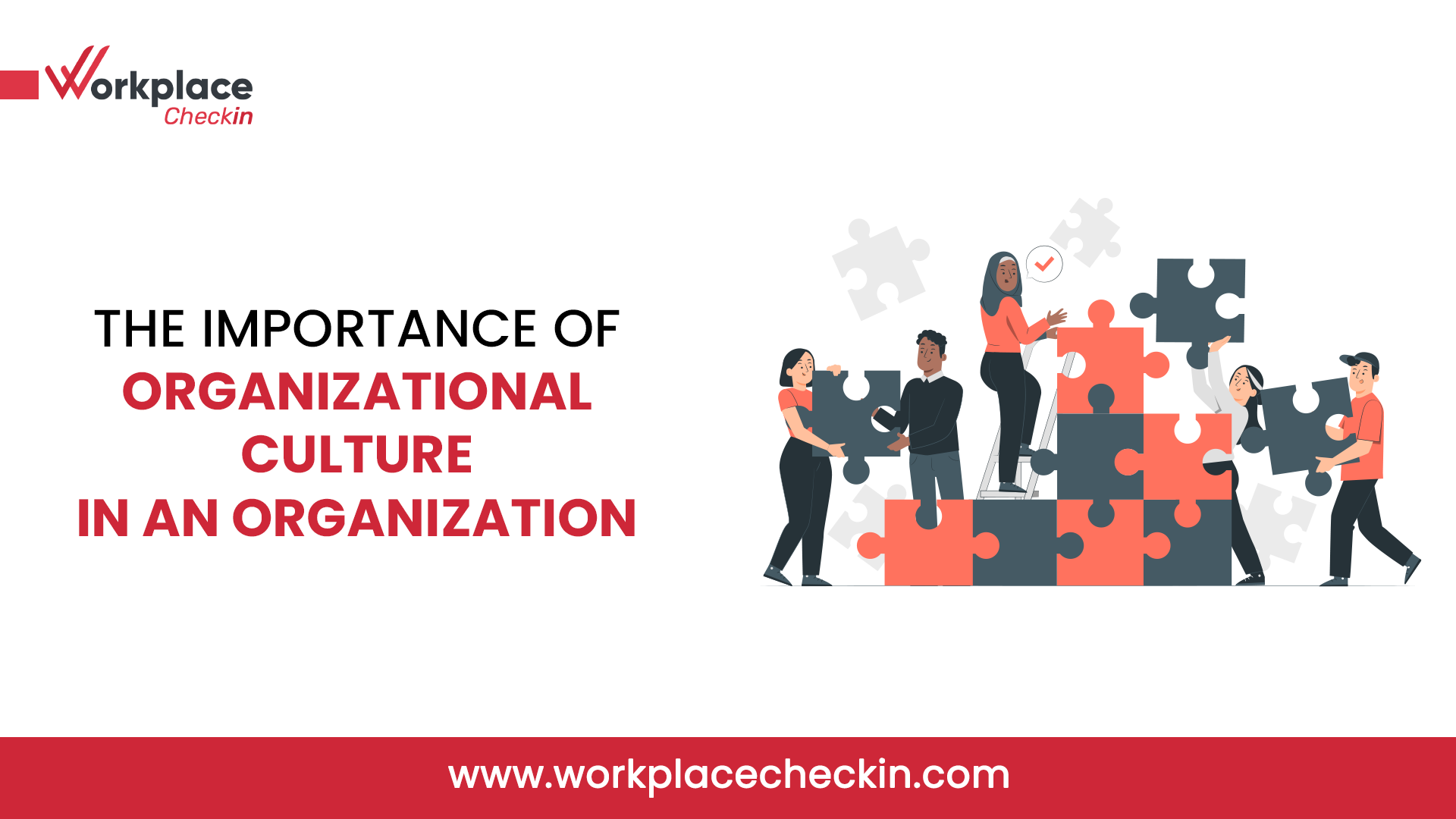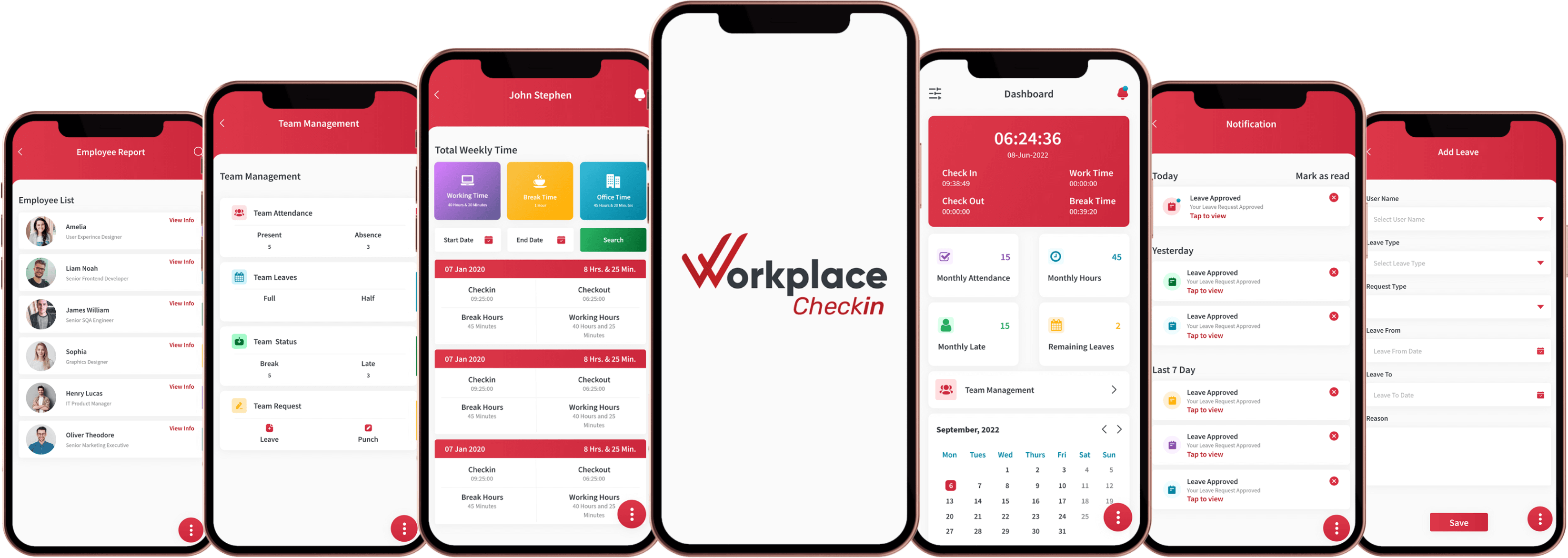

Introduction:
Performance management is crucial for organizational success, ensuring that employees' work aligns with goals, standards, and expectations. However, navigating its intricacies can challenge even seasoned managers. This blog explores how traditional performance reviews are evolving into continuous feedback and development, reflecting the changing needs of today's workforce. We'll discuss challenges posed by traditional reviews, benefits of continuous performance management, and provide a practical checklist for effective implementation.
Features and Advantages
Continuous performance management offers several key features and advantages over traditional review methods:
Real-Time Feedback: Employees receive timely and actionable feedback, enabling them to make immediate improvements and adjustments to their performance.
Goal Alignment: Individual goals are aligned with organizational objectives, ensuring that employees' efforts contribute directly to the overall success of the company.
Employee Engagement: Regular feedback and recognition foster a sense of engagement and ownership among employees, leading to higher levels of motivation and productivity.
Professional Development: Opportunities for skill development and growth are integrated into the performance management process, enabling employees to enhance their capabilities and advance their careers.
Data-Driven Insights: Continuous performance management leverages data and analytics to track progress, identify trends, and make informed decisions about performance and development initiatives.

Types of Performance Appraisals
Performance appraisals come in various forms, each with its own strengths and weaknesses. Here are some common types of performance appraisals:
Narrative Appraisal: This type of appraisal involves a written narrative or essay describing the employee's performance, strengths, areas for improvement, and overall contributions to the organization.
Graphic Rating Scale: In this method, managers rate employees on various performance dimensions using a predetermined scale (e.g., excellent, satisfactory, needs improvement). While simple to administer, it may lack specificity and lead to bias.
360-Degree Feedback: This appraisal method involves gathering feedback from multiple sources, including managers, peers, subordinates, and clients, to provide a comprehensive view of an employee's performance. It offers a well-rounded perspective but requires careful coordination and confidentiality.
Management by Objectives (MBO): MBO involves setting specific, measurable goals for employees and evaluating performance based on the achievement of these objectives. It promotes goal alignment but may be challenging to implement in practice.
Behaviorally Anchored Rating Scales (BARS): BARS combines elements of narrative and graphic rating scales by linking specific behaviors to performance ratings. It offers greater specificity but requires considerable time and effort to develop.
Critical Incident Technique: This method focuses on identifying critical incidents or events that demonstrate exceptional or problematic behavior, allowing for targeted feedback and recognition. It may be subjective and dependent on the quality of incident documentation.
Each type of performance appraisal has its own set of advantages and limitations, and organizations may choose to use a combination of methods based on their unique needs and objectives. As the landscape of performance management continues to evolve, it's essential for organizations to evaluate and adapt their approaches to ensure they effectively support employee development and organizational success.

The New Age of Performance Reviews:
Gone are the days of once-a-year evaluations. Today, organizations are embracing continuous performance management, characterized by real-time feedback mechanisms and ongoing dialogue between managers and employees. This shift reflects a strategic move towards a model that resonates with the preferences of the modern workforce and drives sustained success.
Why the Change?:
Traditional performance reviews are facing criticism for their infrequency, potential bias, and limited impact on employee engagement. Employees often perceive these annual evaluations as disconnected from their day-to-day work and development needs. The dissatisfaction with traditional methods underscores the need for a more dynamic and responsive approach to performance management.
The Problem: Traditional Performance Reviews:
a. Infrequency and Lack of Timeliness: Annual reviews fail to address immediate concerns, provide timely feedback, or align with the rapidly changing dynamics of the modern workplace.
b. The Generational Divide: Younger generations, such as Gen Y and Gen Z, crave more than the traditional, annual evaluation. They find traditional performance reviews outdated and unresponsive to their needs for continuous feedback and development.
c. Impact on Mental Health: The emotional toll of traditional performance reviews, including stress and anxiety, highlights the high-stakes nature of infrequent evaluations.
d. Problem of Bias: Traditional reviews are susceptible to biases that can impact the fairness and accuracy of evaluations, affecting employee morale and satisfaction.
The Solution: Continuous Performance Management:
Continuous performance management offers a transformative solution to the challenges posed by traditional reviews. By embracing ongoing feedback, recognition, and development opportunities, organizations can create a culture of transparency, trust, and continuous improvement.

Your Performance Management Checklist:
a. Establish Clear and Measurable Goals: Collaborate with team members to define objectives that align with individual aspirations and organizational objectives.
b. Foster a Culture of Continuous Feedback: Encourage open communication and real-time feedback between managers and employees.
c. Implement Real-Time Recognition: Recognize and celebrate achievements as they happen to boost employee satisfaction and engagement.
d. Utilize Technology for Efficiency: Leverage specialized software and platforms designed for continuous feedback and goal tracking.
e. Encourage Peer-to-Peer Feedback: Foster a culture of peer-to-peer feedback to provide a holistic view of an individual's performance.
f. Provide Development Opportunities: Support professional development through relevant training and growth opportunities aligned with individual goals.
g. Regularly Review and Adjust Goals: Embrace adaptability by regularly reviewing and adjusting goals to remain relevant in a dynamic environment.
h. Promote Self-Assessment: Encourage employees to participate in self-assessment to foster self-reflection and ownership of their development.
i. Ensure Fair and Bias-Free Evaluations: Strive for fairness and accuracy in evaluations by minimizing biases and promoting transparency.
By following this checklist, managers can effectively implement continuous performance management practices and create a culture of transparency, accountability, and growth within their teams.
Conclusion:
Effectively managing performance is a multifaceted task that requires clear communication, goal alignment, regular feedback, and a commitment to employee development. By following the principles outlined in this guide, managers can create a high-performing team that is aligned with organizational goals, motivated to excel, and equipped for long-term success in today's dynamic business environment.






